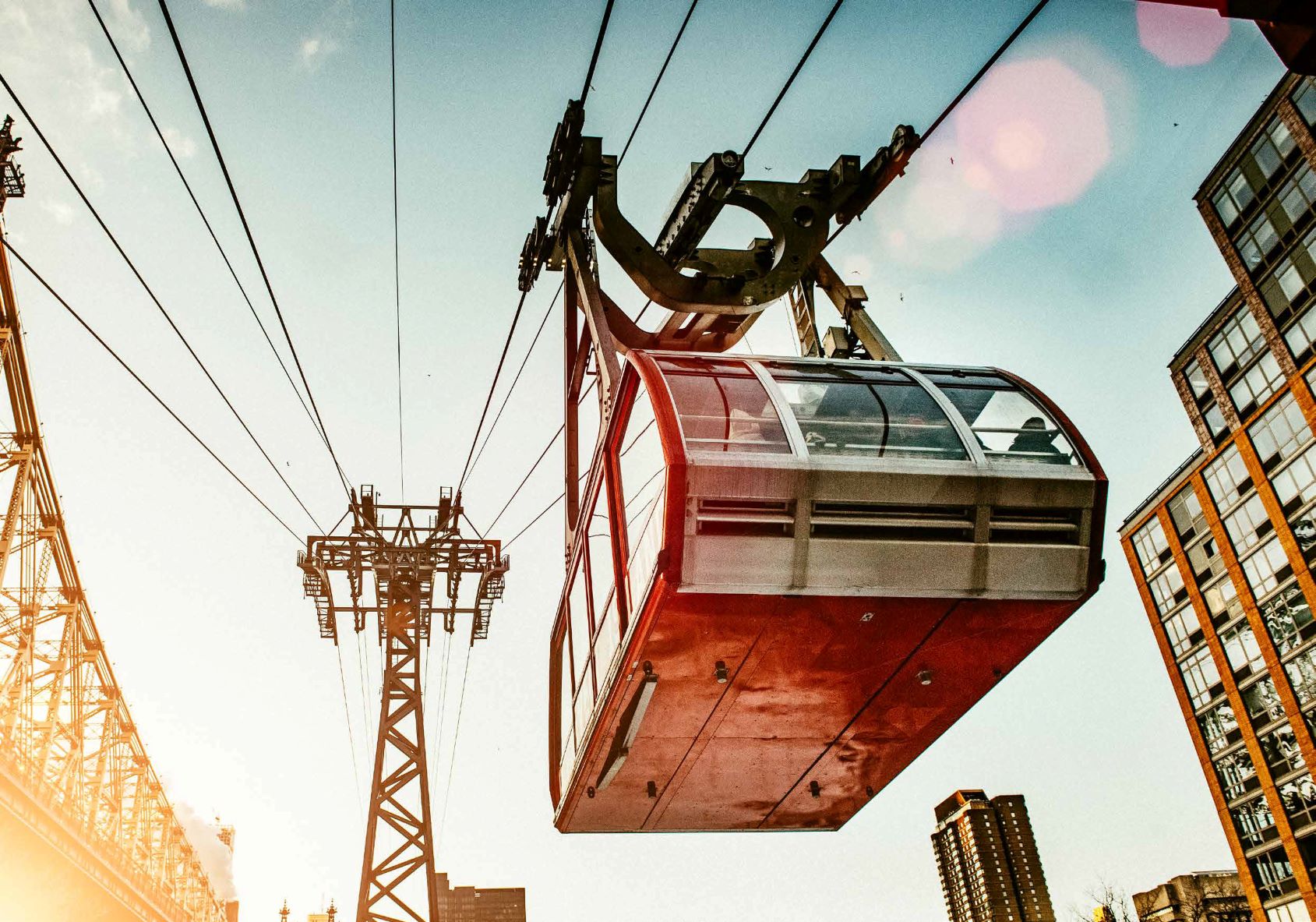
Cities, SI Urban 1/2021, Tourism
National Guidlines for Execution
The German federal ministry of transport and digital infrastructure (BMVI) commissioned Stuttgart-based planning and consultancy company Drees & Sommer SE together with the Stuttgart institute of transport science (Verkehrswissenschaftlichen Institut Stuttgart GmbH – VWI) to compile a study on the “urban and transport planning integration of urban cable car projects”. The desired result will be a guideline for the “implementation of urban cable cars as a part of local public transport”, which should be available in two years’ time.
No mode of transport causes as much polarisation as the urban cable car. This fascinating phenomenon means that resistance to a cable car may be very high, even at the start of planning. Mostly, this is because the people concerned are unfamiliar with this system from their immediate surroundings. The BMVI now hopes to create clarity and has commissioned a national guideline for urban cable car systems in Germany.
“Initially, it must be noted that each German state has its own cable car legislation. It makes no difference here, whether or not a cable has already been implemented,” Sebastian Beck, Project Manager at Drees & Sommer, explains the legal position in Germany. “There is lively discussion between the federal states. Those with practical (often Alpine) cable car experience, for example such as Bavaria and Baden-Württemberg, participate more intensively here. However, there is no uniform law,” Beck reports further.
Study methodology
Special work packages have been introduced for the analysis. One includes the analysis of cable cars in urban areas, for example, whilst another looks at the status quo in Germany. Furthermore, eight case studies from projects already implemented are being analysed, in order to produce findings for cable car projects in Germany.
The survey focuses on expert interviews with specialists and organisations, although companies from the cable car industry are also being questioned about this topic. For infrastructure expert Sebastian Beck, it is also vitally important to involve the general public right from the outset: “People’s concerns can be taken into account and dispelled only through dialogue and open communication. In terms of acceptance, cable cars are comparable with mobile phone masts – everybody wants a good signal but nobody wants a mast. People all love the idea of an urban cable car, as long as it doesn’t run past or across their own land.”
Because of this, in the course of preparation of the guidelines, it is intended to hold workshops in six German cities.
The selected communities have been considering the subject of the urban cable car for some time and are currently at various stages of project development. The experts are confident that public acceptance increases if the general population is involved properly from the outset and provided with a clear explanation of why a cable car line here is more appropriate than another system. “Local public transport in Germany is very well developed and detailed analysis must be undertaken to demonstrate which system works best. Cable cars are not a universal cure but they can contribute to more sustainable mobility, for example as cross-connections or extensions,” Beck clarifies.
Conclusion: Compilation of the guideline should be completed in two years and serve as a national standard in the urban cable car sector. By involving federal states, communities and the general public, it is hoped ultimately to achieve an implementation approach that is as consistent as possible.

Sebastian Beck
Project Manager at Drees & Sommer Se
“When I joined the company in 2010, my first project was the modernisation of the Sommerberg railway in Bad Wildbad. That was an exciting beginning for me and I have been fascinated by cable cars ever since.”







